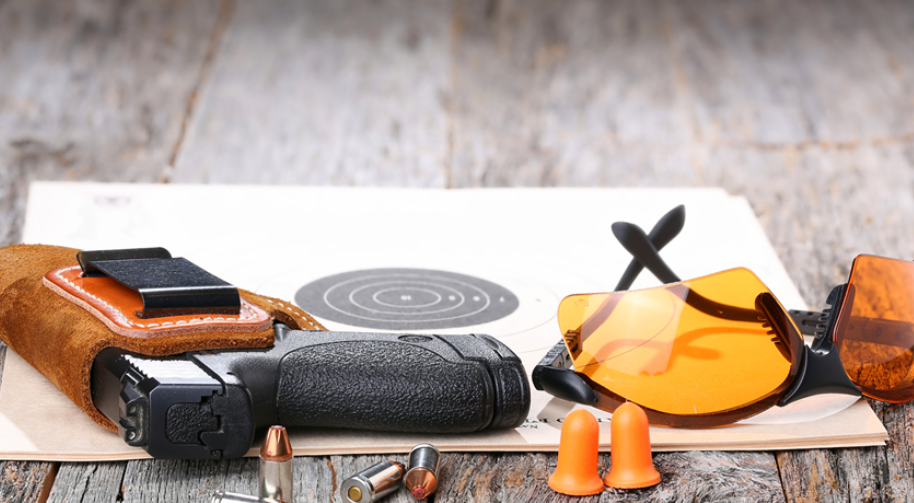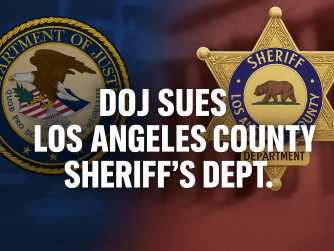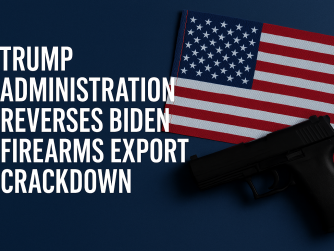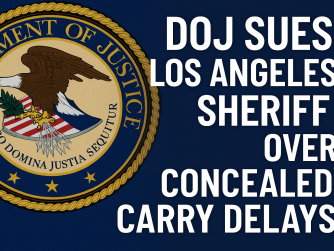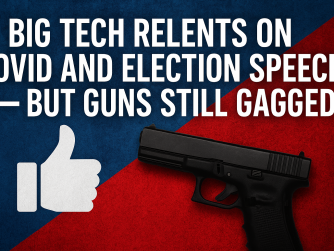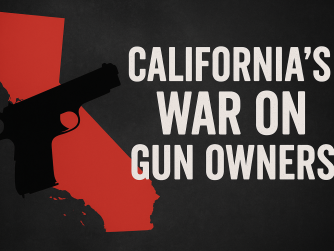As U.S. shooting-sport athletes prepare for the 2028 Los Angeles Olympics, New York’s sweeping gun restrictions are creating a needless and damaging hurdle for Empire State marksmen. The state’s statutory definition of “assault weapon” reaches well beyond the firearms commonly imagined by the public and, as written, can sweep in specialized, low-capacity target pistols used in Olympic competition. That legal reach has a simple effect: some New York shooters cannot legally possess or train with the very pistols their sport requires. NYSenate.gov+1
How the law sweeps in target pistols
New York’s Penal Law defines “assault weapon” broadly, and includes a semiautomatic pistol that (among other things) “has an ability to accept a detachable magazine” and “capacity to accept an ammunition magazine that attaches to the pistol outside of the pistol grip.” That technical language — aimed at combat-style handguns — also describes many Olympic-style target pistols, which use low-capacity (often five-round) box magazines that attach outside the grip because of the pistol’s ergonomics and sport design. NYSenate.gov
Possession, manufacture, transportation, or sale of many weapons covered by New York’s firearms provisions can trigger serious criminal liability under the Penal Law, including prosecutions for criminal possession. Those statutory penalties are real and punitive, making the risk of training with restricted equipment in-state a practical barrier for athletes. NYSenate.gov+1
These aren’t combat handguns — they’re precision sporting tools
Leading sporting pistol manufacturers (for example, Pardini) design semiautomatic target pistols expressly for 25-meter and related ISSF events; many models use 5-round detachable magazines and feature grips that are shaped differently from typical service pistols. Those design choices are about precision and ergonomics, not lethality or criminal utility. It’s plausible — and likely — that such pistols have never been used in a typical street assault in New York. pardini.it+1
The Supreme Court standard and the right to sporting arms
The Supreme Court in District of Columbia v. Heller confirmed that the Second Amendment protects possession of handguns and arms “in common use” for lawful purposes like self-defense — a principle that extends to common-use firearms for sporting and competitive purposes as well. Banning or broadly restricting specialized sporting pistols raises serious constitutional questions about treating athletes and sport shooters differently from the rest of the public. Legal Information Institute+1
Other jurisdictions find a way to accommodate athletes — why not New York?
States with stringent “assault weapon” or handgun rules have adopted narrow carve-outs to allow competitive shooters to train and own purpose-built sporting pistols. California maintains a roster and statutory exemptions for Olympic competition pistols, administered by the state DOJ, so that legitimate athletes can continue training without running afoul of assault-weapon rules; other states have similar regulatory approaches. New York’s statutory exemption language is narrower and its regulatory pathway less accessible, leaving many athletes with fewer in-state options. California DOJ+1
Historical precedent: When laws push shooters offshore
This problem isn’t hypothetical. In 1997 Great Britain’s near-total handgun ban forced British pistol shooters to travel abroad to practice, hampering recruitment and development of new talent — a disadvantage British athletes openly acknowledged during the lead-up to the 2012 London Olympics. When a country makes it impractical to train at home, grassroots development and elite competitiveness both suffer. New York’s law risks producing the same effect for its own athletes. The Guardian+1
Practical consequences for Team USA and New Yorkers
Events such as the men’s 25-meter rapid-fire and women’s 25-meter pistol are Olympic disciplines that require specialized practice time and equipment. When local laws forbid the possession or routine training with approved target pistols, New York-based athletes must travel, incur greater expense, or abandon competitive tracks entirely — outcomes that harm individual opportunity and national performance. Meanwhile, the international field includes nations whose domestic regimes do not restrict training in the same way, which may tilt long-term competitive balance. pardiniguns.com
A reasonable fix is possible
Lawmakers who want effective gun policy without collateral damage to legitimate sporting communities can and have crafted narrowly targeted exemptions and licensing pathways for competitive pistols, ranges, and vetted athletes. California’s roster of exempted Olympic pistols is an example of a workable policy that reconciles public-safety concerns with the needs of sport athletes. New York should study that model and work with shooting federations and public-safety experts to create a clear, transparent process to permit legitimate competitive use while maintaining appropriate safety safeguards. California DOJ+1

